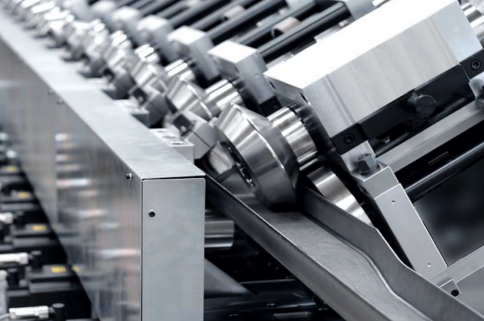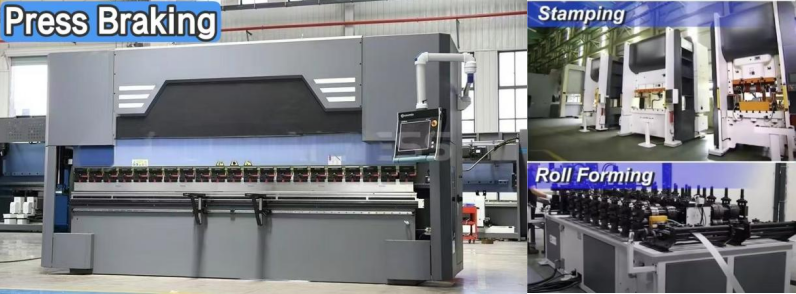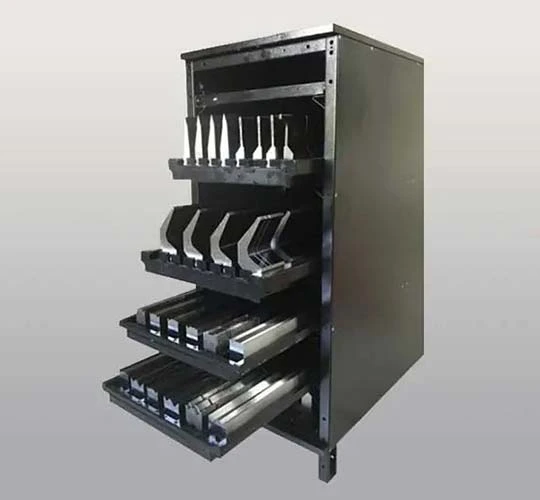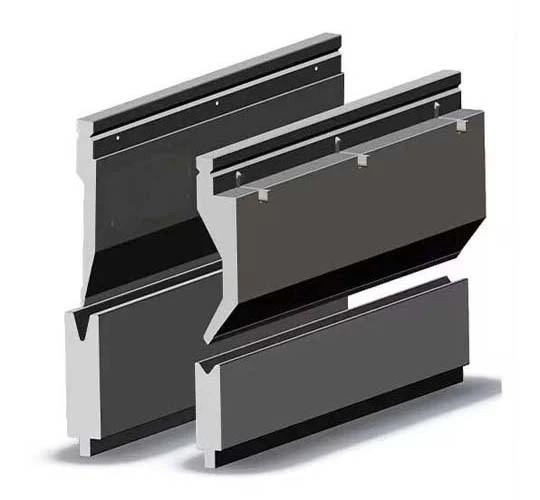Press Brake Stamping vs. Roll Forming: The Ultimate Explanation
Press Braking and Roll Forming are two common metal forming processes that are widely used in the manufacturing industry. They have their own characteristics in principle, application, advantages and disadvantages. The following is a detailed explanation and comparison of the two processes.
1. Press Braking

1.1 Definition and Principle
Bending brake stamping is the process of applying force to metal sheets through a bending machine to bend them into the desired shape at a specific location. The process uses a combination of punches and dies, which are driven mechanically or hydraulically to achieve the bending.
1.2 Main features
Flexibility: Suitable for small batch and multi-variety production.
High precision: The bending angle and size can be precisely controlled.
Low tool cost: Relatively simple tool design, suitable for customized production.
1.3 Application scenarios
Manufacturing components such as brackets, housings, frames, etc.
Applicable to industries such as automobiles, aerospace, and construction.
1.4 Advantages
High precision and repeatability.
Suitable for bending complex shapes.
Easy tool replacement and strong adaptability.
1.5 Disadvantages
Low production efficiency, not suitable for mass production.
High skill requirements for operators
2. Roll Forming

2.1 Definition and Principle
Roll forming is the process of gradually bending a metal sheet into a desired cross-section through a series of successive rollers. The metal sheet passes between the rollers, each of which slightly deforms the sheet, ultimately forming a complex cross-sectional shape.
2.2 Main features
High efficiency: suitable for large-scale and continuous production.
High consistency: each roller gradually deforms the plate to ensure product consistency.
Complex cross-section: complex cross-section shapes can be produced, such as C-shaped steel, Z-shaped steel, etc.
2.3 Application scenarios
Manufacture of long metal components, such as roof panels, wall panels, rails, etc.
Applicable to industries such as construction, automobiles, and home appliances.
2.4 Advantages
High production efficiency, suitable for mass production.
Good product consistency and stable quality.
Complex cross-sectional shapes can be produced.
2.5 Disadvantages
The initial equipment investment is high.
The tool design and manufacturing are complex, suitable for standardized production.
Not suitable for small batch and multi-variety production.
3.Comparison between bending brake stamping and roll forming
Features | Bending brake stamping | Roll forming |
Production efficiency | Low, suitable for small batch production High | suitable for large batch production |
Product complexity | Suitable for bending complex shapes | Suitable for continuous forming of complex cross-sections |
Tool cost | Low, simple tools High | complex tools |
Initial investment | Lower | Higher |
Applicable scenarios | Small batch,multi-variety production Large batch | standardized production |
Operation difficulty | High, requires skilled operators Low | high degree of automation |
4. Choose bending brake stamping or roll forming?

Choose bending brake stamping when:
Need to produce small batches and multiple varieties of products.
The product shape is complex and requires high-precision bending.
The budget is limited and cannot afford a high initial investment.
When to choose roll forming:
Require large-scale, continuous production of standardized products.
Products with complex cross-sections require high consistency.
Sufficient budget for a high initial investment.
5. Summary
Bending brake stamping: suitable for small batch and multi-variety production, with high precision and flexibility, but low production efficiency.
Roll forming: suitable for large batch and standardized production, with high efficiency and consistency, but high initial investment.
According to specific production needs and product characteristics, choosing the right process can significantly improve production efficiency and product quality.
 English
English 日本語
日本語 한국어
한국어 français
français Deutsch
Deutsch Español
Español русский
русский Türkçe
Türkçe português
português العربية
العربية Polska
Polska हिंदी
हिंदी Indonesia
Indonesia






